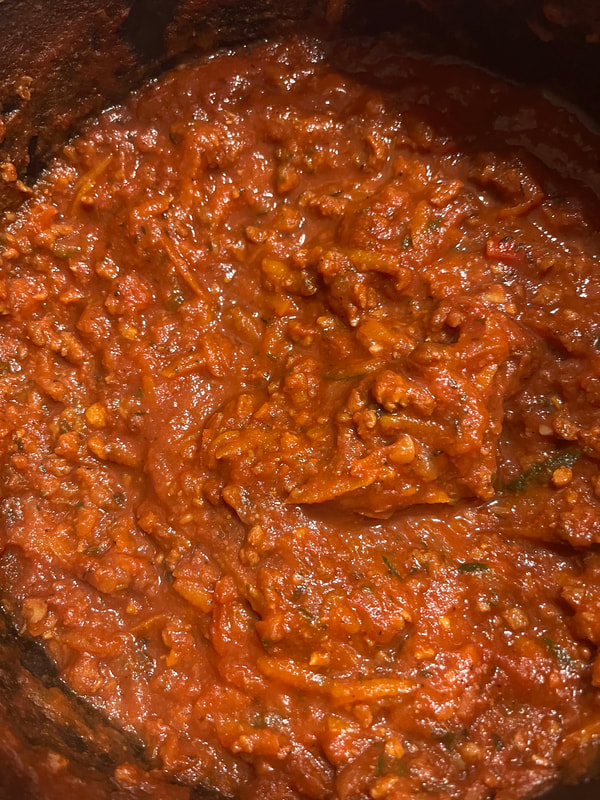
This recipe is quick to throw together and is a nice filling pasta sauce with veggies added. Serve with spaghetti noodles or pasta of your choice and you have an easy dinner.
1 can tomato paste
1 can tomato sauce
2 cups zucchini (grated)
1 carrot (grated)
3 cloves garlic, minced
1/2 onion, diced
1/2 bell pepper, diced
1 tsp dried basil
2 tsp Italian dried herbs
1 tsp dried oregano
1 tsp black pepper
1 cup Veggie ground round
1 Tbsp braggs
1 cup water
1/4 cup nutritional yeast
1. Put all ingredients in the slow cooker, stir to combine. Cook on low for 4 hours.
2. Cook pasta of choice and serve sauce over cooked pasta.
Want more ideas of how to get dinners on the table with ease? Contact Jill, Nurture The Future's Registered Dietitian at [email protected]




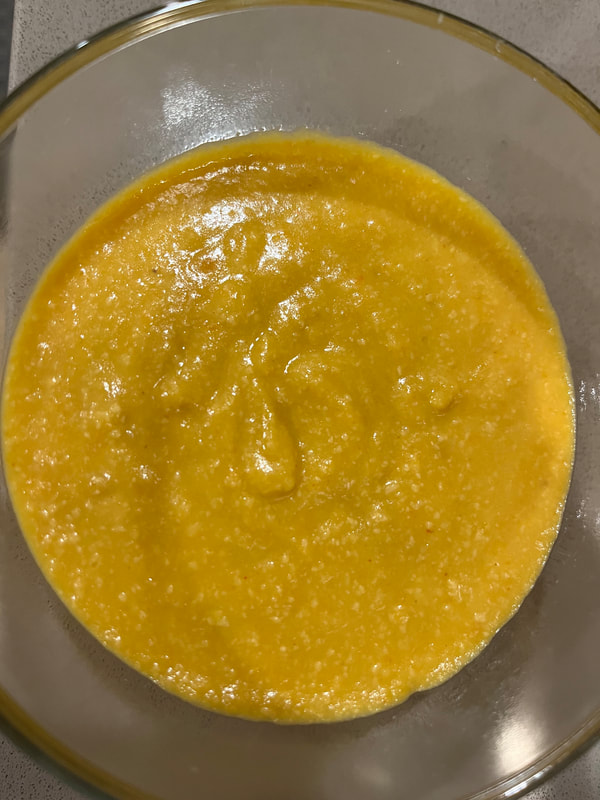

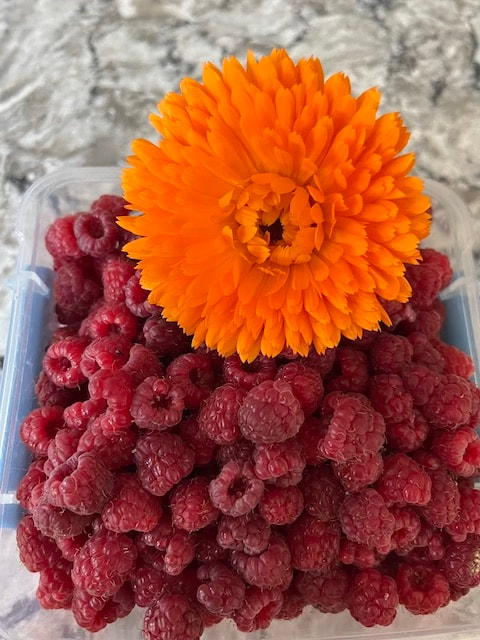
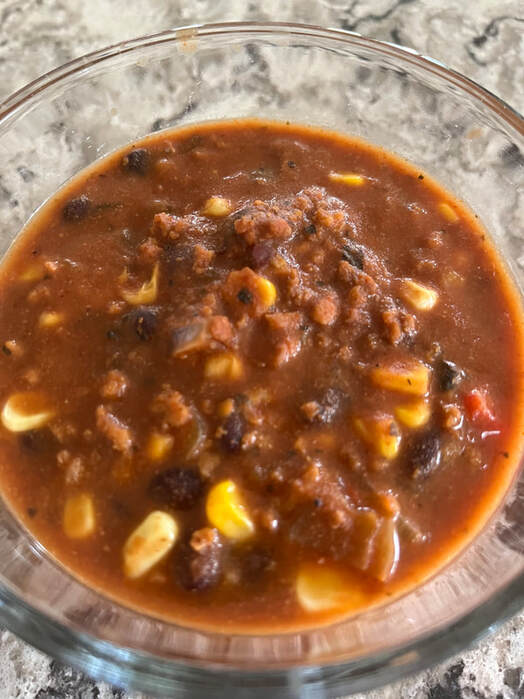
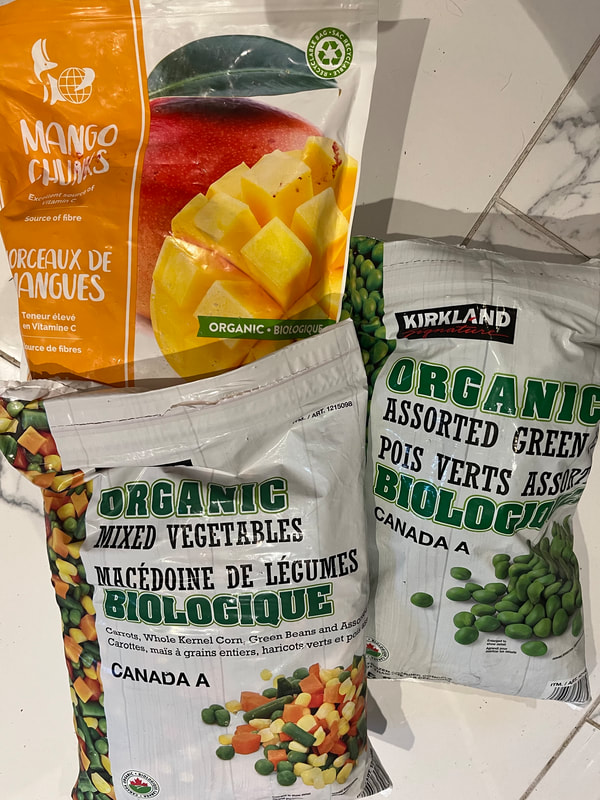
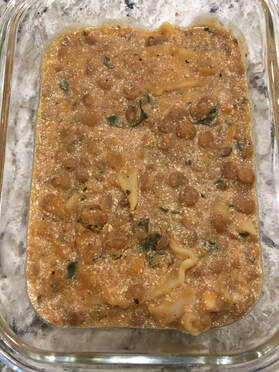
 RSS Feed
RSS Feed

.png.aspx?width=150&height=150)
